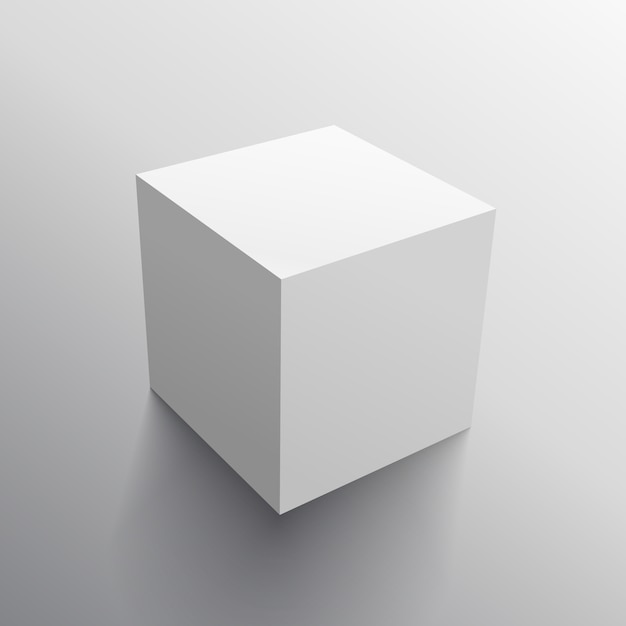(Source: Art teacher)
Watercolor compares in range and variety with any other painting method. Transparent watercolor allows for a freshness and luminosity in its washes and for brushwork that makes it a most alluring medium. There is one basic difference between transparent watercolour and all other heavy painting mediums–its transparency. The oil painter can paint one opaque colour over another until they have achieved their desired result. The whites are created with opaque white. The watercolourist’s approach is the opposite. In essence, instead of building up he leaves out. The white paper creates the whites. The darkest accents may be placed on the paper with the pigment as it comes out of the tube or with very little water mixed with it. Otherwise the colours are diluted with water. The more water in the wash, the more the paper affects the colours; for example, vermilion, a warm red, will gradually turn into a cool pink as it is thinned with more water.






